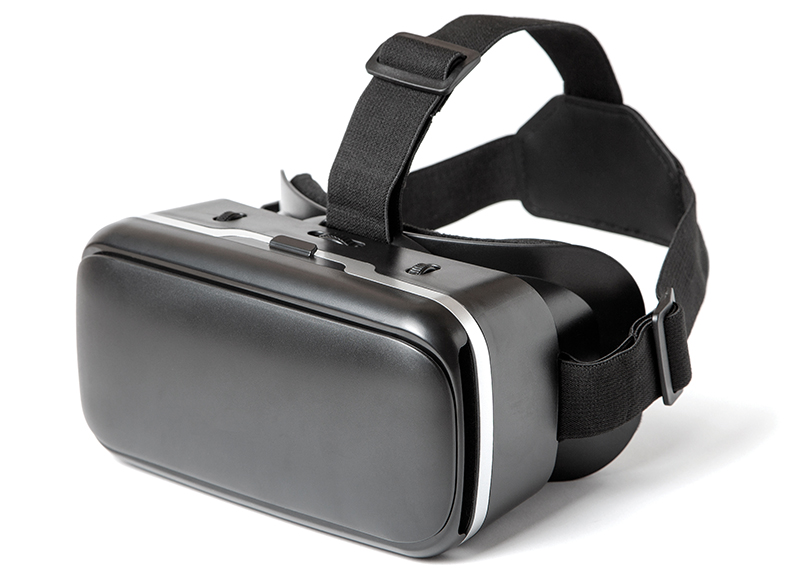
When COVID-19 forced gyms to close, some of us took secret comfort in the fact that quarantine gave us a guilt-free excuse for not working out. We’ll be losing that alibi in the coming months, as social distancing restrictions ease—but a team of South Korean researchers may have delivered another.
According to a paper published late last year by the Rehabilitation Engineering and Assistive Technology Society of Korea, virtual reality (VR) games can encourage leg amputees to exercise more frequently and get a higher-quality workout in the bargain.
The paper is based on a study of below-knee amputees who spent ten minutes a day playing a VR game involving moderate physical activity. After two weeks, participants showed significant improvements in proprioception, balance, and agility.
Perhaps most important, the participants enjoyed the workouts and looked forward to them, rather than viewing the sessions as unpleasant chores they had to force themselves to do.
“The VR game helped [participants] experience rapid breathing and sweating similar to high intensity exercise,” observed lead researcher Chang Yoon-hee. “It also achieved a high interest satisfaction rate among the participants.”
The same can’t be said for treadmills, stationary bikes, weights, and other conventional exercise equipment. In addition to being boring and wearying, these workout machines focus on unnatural, repetitive motions that involve isolated muscle groups.
By contrast, the VR game involves the whole body and requires movements that more closely mirror everyday activities. During play, participants have to position their bodies to fit through openings in moving walls. In the process, they practice spatial awareness, body control, and changes in direction.
“The [players’] peak heart rate during training increased by 75 percent compared to the intrinsic maximum heart rate in both groups, indicating a relatively medium level of exercise,” the paper concluded. So go ahead, trade in that gym membership for a VR headset. Don’t think of it as an indulgence. It’s an investment in your health.
Read More About Virtual Reality
“Physical Therapy at Home Using Virtual Reality“
“Immersion in VR Scenes of the Arctic Helps Ease Pain“
“Virtual Reality Experiences May Help Treat Severe Pain“



